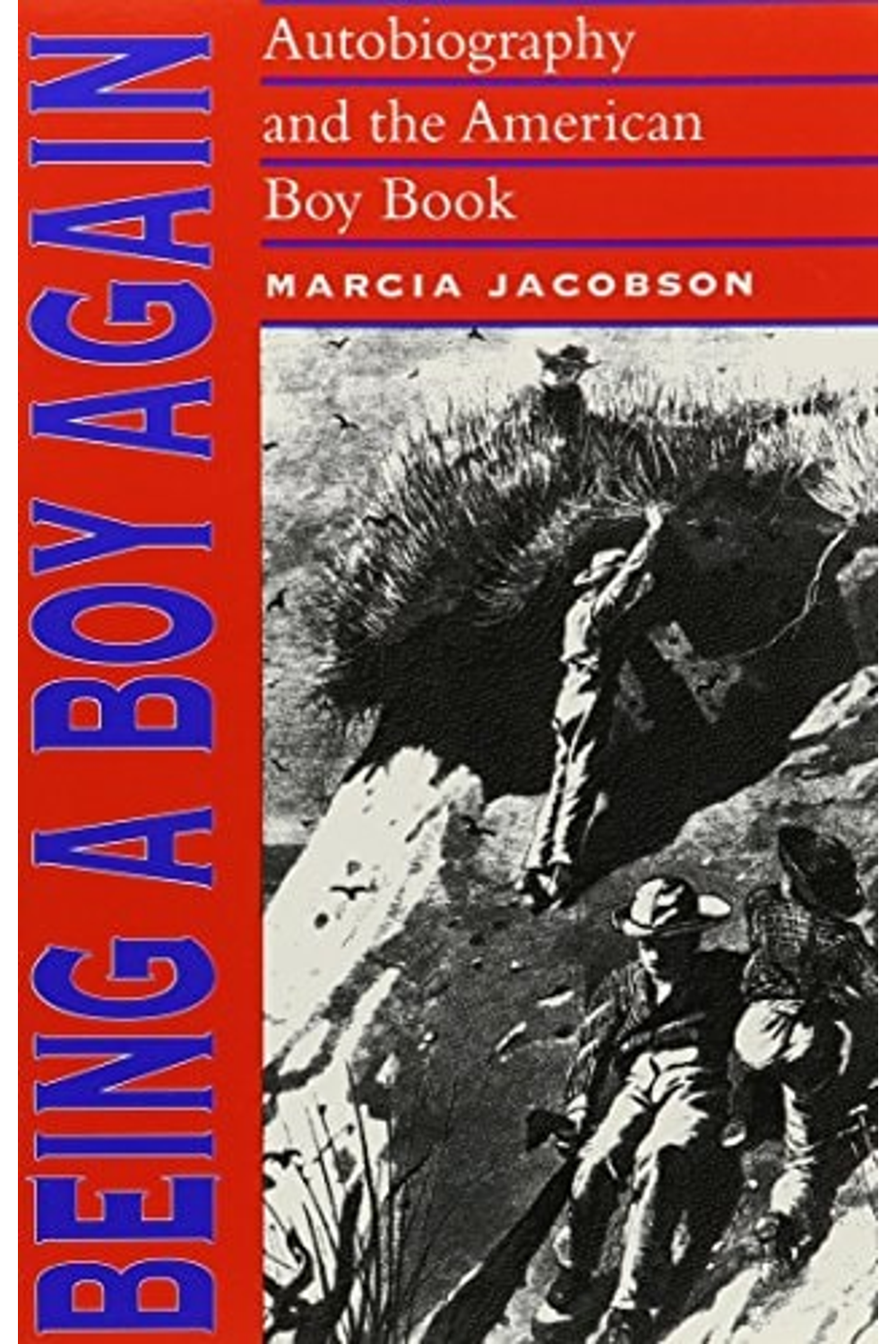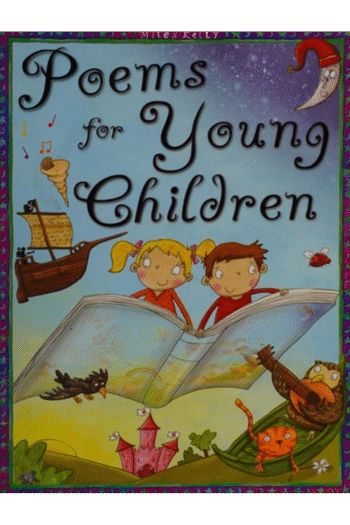**Uncover the Lost World of American Boyhood in Literature: *Being a Boy Again* by Marcia Jacobson** Step back in time with Marcia Jacobson’s *Being a Boy Again*, a captivating exploration of the “American boy book,” a distinct literary genre that flourished between the Civil War and World War I. More than just a children’s tale, this genre, penned by authors like Mark Twain, William Dean Howells, and Thomas Bailey Aldrich, used the lens of boyhood to explore complex themes of identity, societal change, and the anxieties of American masculinity during a period of rapid transformation. Jacobson meticulously dissects the boy book, distinguishing it from didactic children’s stories and tracing its roots to the social and economic upheavals of the late 19th century. Discover how these authors, through narratives of adventure and self-discovery, reflected a longing for a simpler past and grappled with the evolving definition of manhood in an increasingly industrialized nation. Explore themes of innocence, the frontier spirit, and the challenges of growing up in a nation grappling with its identity. This book offers a unique lens through which to view classic American literature and understand the cultural forces that shaped it. Published by University of Alabama Press.
Being a Boy Again: Autobiography and the American Boy Book
19,83 $
In stock
Identifies a literary genre that flourished between the Civil War and World War I–the American boy book
Jacobson distinguishes the boy book tradition from the didactic story for boys and the developmental autobiography of childhood, describing it as an autobiographical form that concentrates on boyhood alone. She discusses what gave rise to the boy book, what forms it took, what problems it addressed, and finally, why it disappeared.
Jacobson finds her answers in the widespread social and economic changes of the second half of the 19th century, as well as in the personal crisis that inspired each of the boy books. She argues that key works by such writers as Thomas Bailey Aldrich, William Dean Howells, Mark Twain, Stephen Crane, and Booth Tarkington marked a nostalgic retreat to being a boy again in the face of the difficulties of being a man in 19th-century America.
| Authors | |
|---|---|
| Binding | |
| Condition | |
| ISBN-10 | 0817308660 |
| ISBN-13 | 9780817308667 |
| Language | |
| Pages | 208 |
| Publisher | |
| Year published | |
| Weight | 293 |
Related products
Topsy And Tim Learn How To Swim
13,12 $Poems For Young Children
16,12 $
- Additional information
- Currencies
- USD – United States dollar
- EUR – Euro
- GBP – Pound sterling
- CNY – Chinese yuan
- BRL – Brazilian real
- MXN – Mexican peso
- JPY – Japanese yen
- PHP – Philippine peso
- THB – Thai baht
- PLN – Polish złoty
- CAD – Canadian dollar
- MYR – Malaysian ringgit
- AUD – Australian dollar
- TWD – New Taiwan dollar
- CZK – Czech koruna
- SEK – Swedish krona
- HUF – Hungarian forint
- ILS – Israeli new shekel
- CHF – Swiss franc
- HKD – Hong Kong dollar
- DKK – Danish krone
- SGD – Singapore dollar
- NOK – Norwegian krone
- NZD – New Zealand dollar





